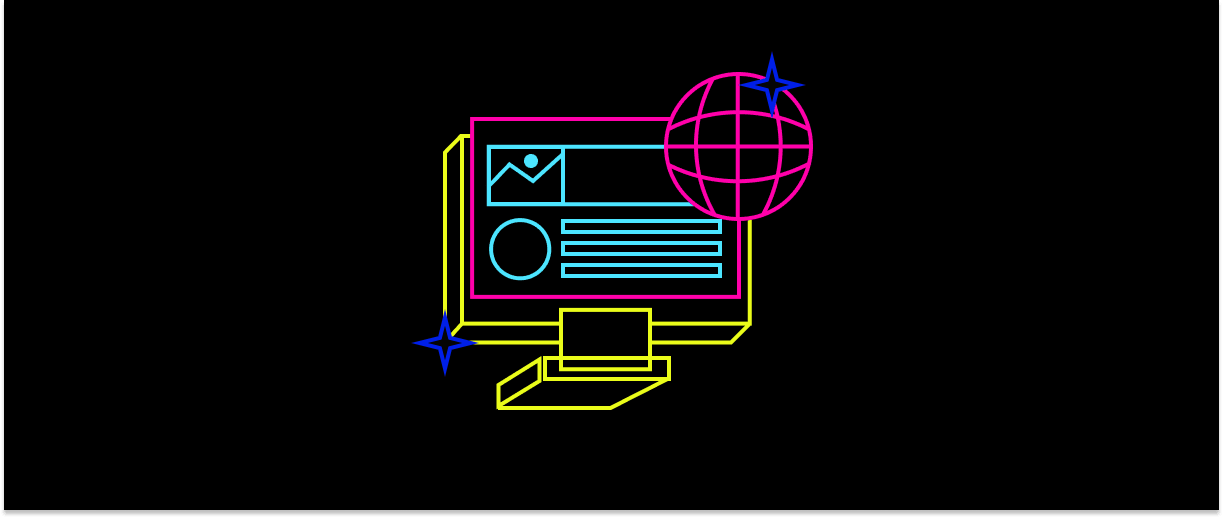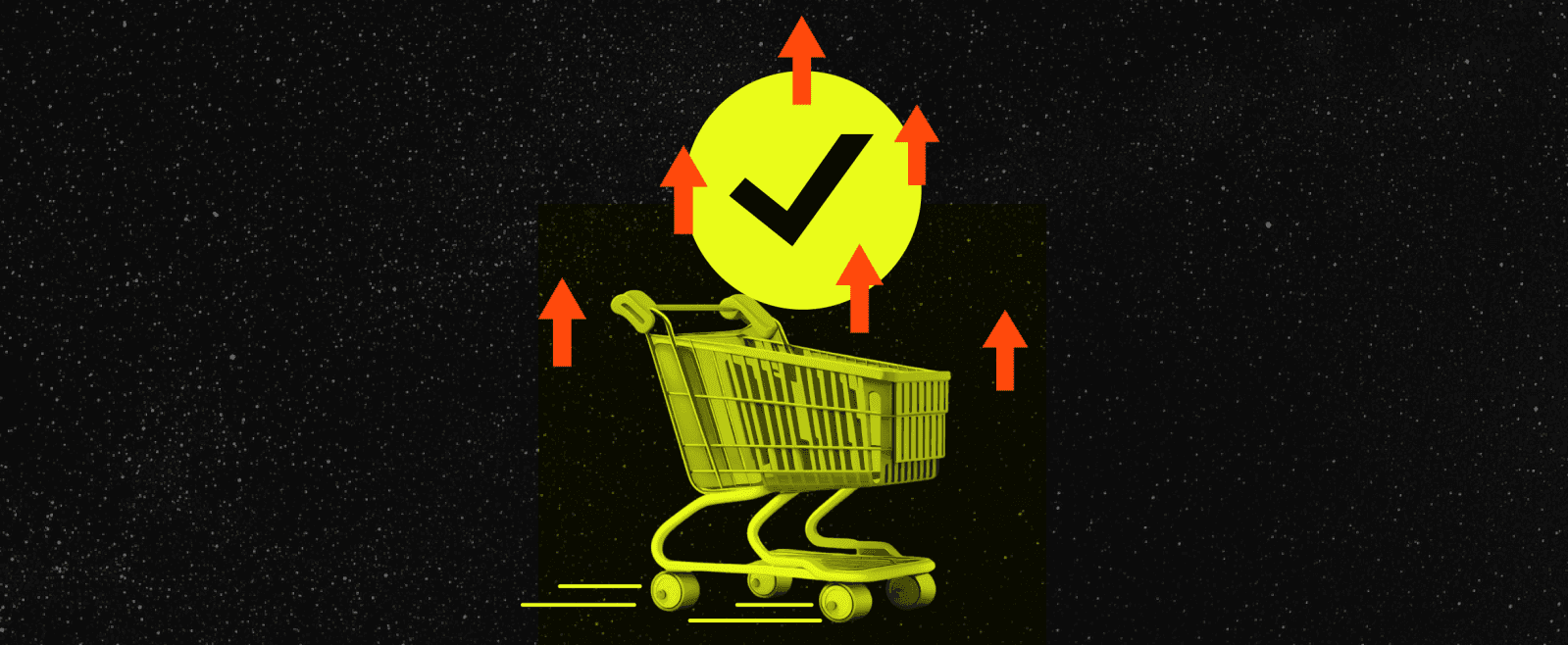How Growing Brands Achieve Black Friday Readiness in 8 Weeks (Not 8 Months)
Can you rapidly launch your store this quarter?
That question is echoing in boardrooms across enterprise retail as Black Friday approaches. The answer determines whether you capture Q4 revenue or watch competitors dominate your market share.
Traditional eCommerce builds take 6-12 months. Black Friday readiness demands an eCommerce accelerator that deploys stores in weeks, not quarters.
Peak season generates 30-40% of annual revenue for most retailers. Miss your launch window, and you're not just delaying go-live—you're forfeiting millions in holiday sales while competitors with faster deployment strategies capture your customers.
Custom builds work fine until Black Friday. Then the duct tape starts showing.
Where Traditional Builds Break Your Holiday eCommerce Strategy
Enterprise brands consistently hit the same bottlenecks during BFCM prep. Here's where the wheels come off:
The September Scramble
Retail teams finalize their holiday eCommerce strategy in September, but traditional builds hit critical delays right when Black Friday readiness becomes urgent:
-
Vendor negotiations stretch into October while competitors lock promotional partnerships and advertising inventory. What started as "quick vendor evaluation" becomes a 6-week RFP marathon.
-
Integration scope creep explodes when teams realize holiday traffic demands exceed initial planning. "Can we handle 10x traffic?" becomes "Can we rebuild our checkout in 4 weeks?"
-
Custom development backlogs mean critical features ship incomplete. Bundle configurators break under load. Gift card systems can't handle volume. Mobile checkout optimization gets punted to "post-holiday."
The Holiday Stress Test Reality
Custom builds optimize for average traffic but the holiday reality is different.
-
Integration failures cascade during peak load. Inventory sync delays between ERP and storefront cause overselling during flash sales. Payment gateway timeouts crash checkout when traffic spikes 847% over baseline. Loyalty program conflicts break promotional pricing when customers stack discounts.
-
Performance issues multiply under pressure. Database queries that work fine in staging choke when 15,000 users hit your site simultaneously. CDN configurations designed for normal load serve broken pages during Cyber Monday.
-
Manual firefighting replaces automated processes. Teams spend Thanksgiving weekend rebuilding checkout flows instead of optimizing conversion. One enterprise client lost $2.3M in sales when their custom integration failed during a 48-hour Black Friday flash sale.
The pattern is predictable, but the outcome doesn't have to be.
How eCommerce Accelerators Enable Rapid Launch for Holiday Success
Accelerators flip the timeline by starting with proven, battle-tested infrastructure instead of building from scratch. Here's how they address each critical challenge:
Holiday-Ready Infrastructure
Enterprise accelerators eliminate the vendor evaluation bottleneck with pre-vetted, integrated technology stacks:
-
Week 1-2: Requirements mapping against existing modules (not blank-slate planning)
-
Week 3-6: Configuration and brand customization (not ground-up development)
-
Week 7-8: Integration testing with proven APIs (not experimental connections)
Category-Specific Holiday Modules
Unlike generic platforms, accelerators include pre-built commerce modules tailored to how your customers actually shop during holidays:
Beauty & Wellness Brands:
-
Subscription gifting logic for 3-month and 6-month sets without breaking checkout
-
Loyalty tier campaigns that activate during BFCM flash sales
-
Auto-refill pause options for gift recipients (because nobody wants skincare arriving in January)
Jewelry Retailers:
-
Virtual try-on modules that work under holiday traffic load
-
Engraving customization flows that don't slow checkout during peak hours
-
Gift receipt and exchange workflows for post-holiday returns
[Learn more about Sya, our jewelry eCommerce accelerator]
Home & Living:
-
Room configurator tools that handle 10,000+ SKU catalogs without performance degradation
-
Bundle pricing engines for furniture sets and seasonal collections
-
BOPIS/BORIS logic for large item fulfillment during holiday rush
Proven Performance Under Peak Load
Accelerator infrastructure is stress-tested across multiple holiday seasons:
-
Mobile-first checkout flows optimized for parking lot shoppers converting at 42% (versus 28% industry average). Guest checkout options reduce friction for gift buyers who won't create accounts. Wishlist and registry features handle holiday shopping coordination without database timeouts.
-
Bundle configurators respond to real behavior—not static "customers also bought" suggestions. Show what this shopper is likely to click based on cart value, browsing flow, and peak-hour intent signals.
Platform Compatibility Without Vendor Lock-In
Enterprise eCommerce accelerators integrate seamlessly with major platforms, working with your existing stack, not against it:
Shopify Plus Integration:
-
Checkout Extensibility for holiday customization without app conflicts
-
Advanced B2B features for corporate gifting programs
-
International markets for global holiday calendars
Adobe Commerce Connectivity:
-
2.4.7 performance improvements for peak traffic handling
-
Complex catalog management for seasonal product variants
-
Customer segmentation for targeted holiday campaigns
[Learn more about OmniCloud, our enterprise B2B accelerator]
Composable Commerce Support:
-
Headless architectures for omnichannel holiday experiences
-
API-first design enables future platform migrations
-
Microservices approach scales individual components under load
Real Integration Layer:
-
ERP synchronization for real-time inventory across all channels
-
CRM connectivity for post-purchase retention and winback sequences
-
Marketing automation triggers for abandoned cart recovery during peak traffic
Your Q4 Decision Point: The Window Is Closing
September is your last realistic shot at holiday readiness. Here's what the timeline looks like:
If You Start Now (September):
-
October: Launch with 4 weeks for optimization and traffic testing
-
November: Execute full BFCM strategy with stable, proven platform
-
December: Scale holiday promotions without technical limitations
-
January: Analyze performance data and plan Q1 retention campaigns
If You Wait Until October:
-
November: Rush deployment with limited testing increases failure risk
-
December: Miss peak opportunities while fixing integration issues
-
January: Explain missed revenue targets to stakeholders
-
Q2: Finally launch when competitors have 6-month head start
Enterprise brands don't get second chances at holiday revenue. The brands that win BFCM are the ones that prepare in advance, not the ones that panic in November.
Stop Building. Start Selling.
Your competitors are already building their Q4 advantage. Custom development teams are great for innovation. They're terrible for deadline-driven revenue capture.
Get your rapid eCommerce launch strategy locked down before September ends.
We've solved this pattern 40+ times for enterprise brands who needed to be live before Black Friday. Skip the vendor evaluation nightmare. Deploy proven infrastructure that's already handled peak holiday load.
Drop us a line at enquiry@coderapper.com.
Show us your holiday eCommerce strategy requirements and current stack.
We'll deliver a concrete rapid eCommerce launch plan that gets you live before BFCM or explain exactly why it won't work for your situation.








